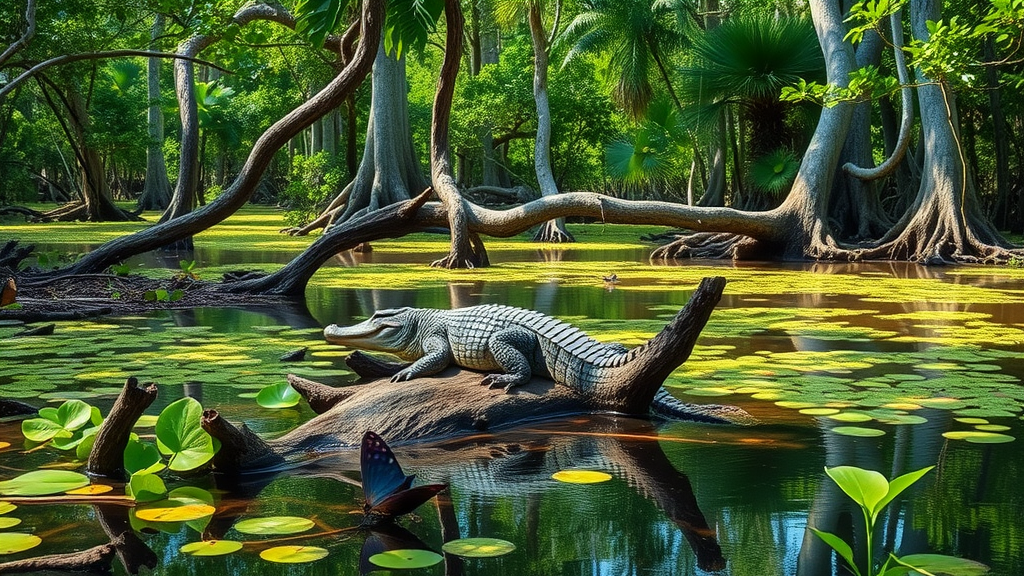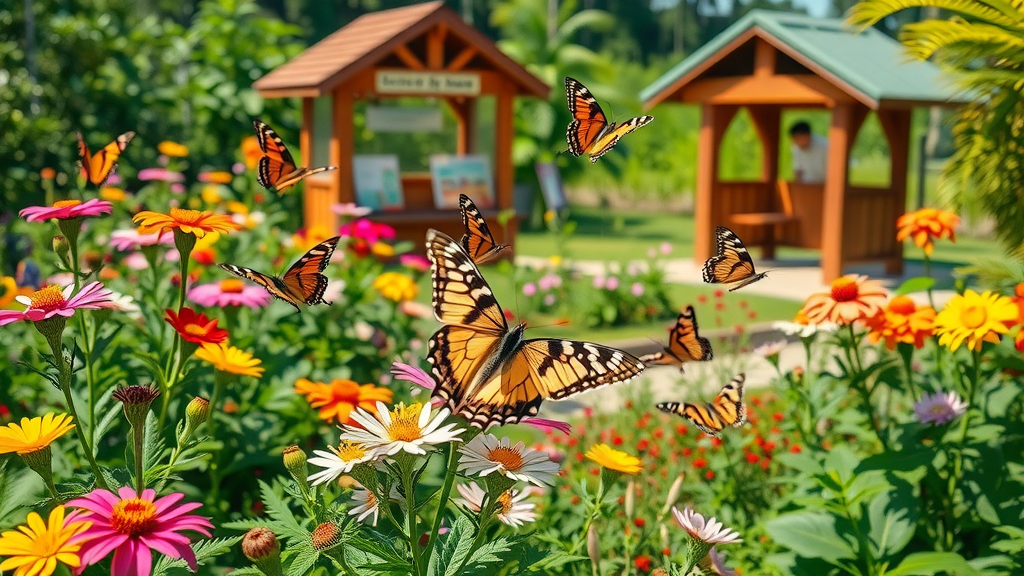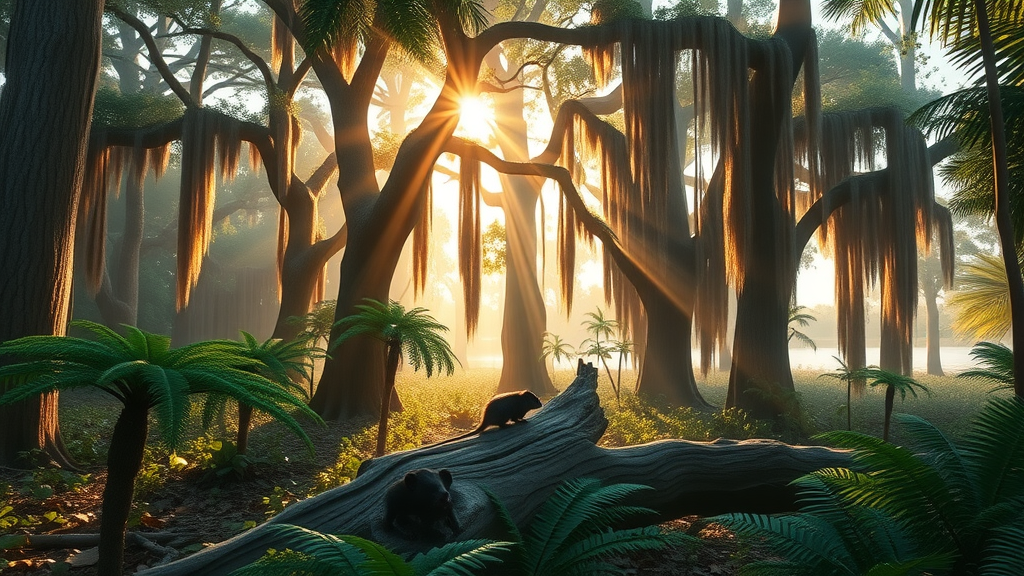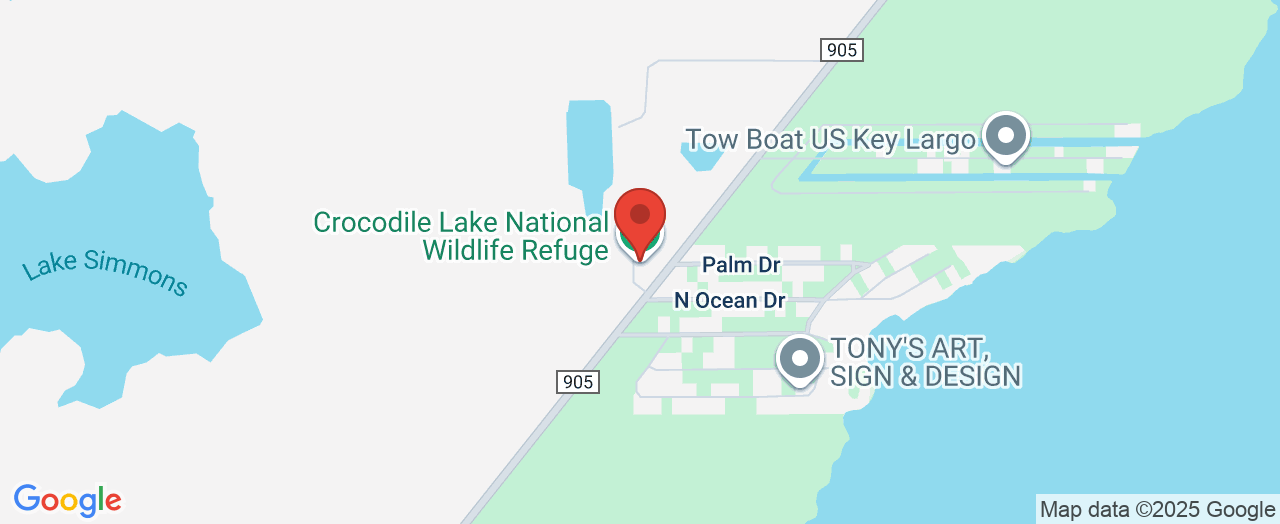Explore the Secrets: Why Crocodile Lake National Wildlife Refuge is a Sanctuary Unlike Any Other
Imagine a place so rich in natural diversity that it is home to eight federally listed species—some found nowhere else on Earth. Crocodile Lake National Wildlife Refuge isn’t just another chunk of protected land; it’s a living laboratory for rare animals, unique plants, and critical habitats, all intertwined on the wild edge of Key Largo. In a state where land development regularly threatens native ecosystems, this refuge holds the line, offering a rare glimpse into Florida’s ecological past and hope for its future.
But there’s a twist—unlike many parks and preserves, Crocodile Lake is almost entirely closed to general visitors. Only through special programs, volunteer work, or guided events can people occasionally step inside. This restriction is not about exclusivity; it is vital. With fragile hardwood hammocks and sensitive mangrove forests harboring the Key Largo woodrat, Schaus’ swallowtail butterfly, and the American crocodile, every square foot of habitat is both precious and perilously vulnerable. As climate change, invasive species, and human impacts mount, understanding why these wild refuges matter—and how they operate behind the scenes—couldn’t be more urgent. This is the story of a place where the public’s gaze is limited, but the conservation effort is boundless.

What Makes Crocodile Lake National Wildlife Refuge Essential to U.S. Conservation?
A wildlife refuge is far more than just land set aside from development. National wildlife refuges like Crocodile Lake are meticulously managed by the U.S. Fish & Wildlife Service for one central reason: to ensure that rare species and their habitats not only survive, but thrive for generations to come. Here, a mosaic of tropical hardwood hammock, tangled mangrove forest, and vibrant salt marsh forms a delicate patchwork that supports hundreds of plants and animals. These landscapes are particularly vital to federally listed species such as the tiny, elusive Key Largo cotton mouse and the iconic American crocodile, both struggling against decades of habitat loss and invasive threats.
Understanding the web of life supported by this refuge means recognizing the intricate balance required to maintain biodiversity. Without places like Crocodile Lake, unique species could face extinction as climate change accelerates and invasive species, like Burmese pythons, unsettle native food webs. It’s a stark reminder: when we lose a habitat, we risk losing the natural resilience, beauty, and ecological services it provides. Protecting and restoring these spaces isn’t just about rare wildlife. It’s about safeguarding natural systems that buffer storms, filter water, and offer hope in a changing world. The stakes are high—making the mission and management of this refuge critical knowledge for anyone invested in the conservation conversation.

Why Crocodile Lake National Wildlife Refuge Stands Out: Conservation Impact and Community Value
Drawing from its founding in 1980, Crocodile Lake National Wildlife Refuge has always pursued a science-driven, hands-on approach to conservation that not only benefits wildlife but also connects with people. The intricate restoration of tropical hardwood hammocks—especially by removing invasive species and planting natives—shows a relentless commitment to reversing human-caused losses. The results are tangible: key species like the Key Largo woodrat and Schaus’ swallowtail butterfly depend on these revitalized habitats for their survival, while ongoing monitoring ensures that changes, whether due to restoration, hurricanes, or climate shifts, are swiftly understood and addressed.
What's more, the refuge’s pioneering research, like tracking the elusive movements of American crocodiles or using detection dogs to locate invasive pythons, positions it at the edge of ecological problem-solving. The active removal of pests and management of predator threats directly aids populations of endangered and threatened wildlife. Beyond science, Crocodile Lake NWR offers unique entry points for community involvement. Volunteers lend hands (and heart) to python patrols, butterfly garden restoration, and trash cleanups—turning the refuge into a living classroom for citizen science and stewardship. This dynamic model illustrates why public engagement, even in limited-access sanctuaries, is crucial for wildlife management today.

Innovative Habitat Restoration: How Native Plants and Persistent Effort Bring Balance Back
The story of Crocodile Lake National Wildlife Refuge is a testament to the power of restoring what’s been lost. Over years of determined effort, teams have battled invasive exotic plants that choke out native species, replacing them with the trees and shrubs that originally shaped South Florida’s hardwood hammocks. These efforts don’t just support biodiversity; they reforge the deep-rooted ecological relationships between plants, animals, and people.
Restoration doesn’t stop at the ground level. Nest boxes built for Key Largo woodrats, replanting of host plants for the endangered Schaus’ swallowtail butterfly, and monitoring for the impacts of floods and hurricanes all play a part in building a more resilient landscape. By prioritizing habitat diversity and native flora, Crocodile Lake NWR demonstrates why science-based restoration is one of the best tools we have for keeping rare places vital in the face of continuous challenges.
Fighting Invasive Species: Real-World Strategies for Protecting Fragile Ecosystems
The battle against invasive species is fierce at Crocodile Lake, and the stakes couldn’t be higher. Burmese pythons, an infamous invader, threaten native wildlife—especially small mammals like the Key Largo cotton mouse. Staff, scientists, and volunteers have united forces, using techniques from patrols to research partnerships with agencies like the USGS. Python detection dogs, trail cameras, and even implanted transmitters help track and eliminate these stealthy predators before they inflict more ecological damage.

But reptiles aren’t the only threat. Feral cats, black rats, and even domestic animals can tip the scales against embattled native species. The intensive pest management program here combines science, law enforcement, and public outreach, ensuring that human activities don’t unknowingly undermine years of conservation progress. By proactively addressing these issues, Crocodile Lake stands as a model for how ongoing vigilance and adaptive management are essential in today’s ever-changing environments.
Connecting People and Place: Community Involvement at Crocodile Lake National Wildlife Refuge
Access to Crocodile Lake’s heart is limited, but engagement is far from restricted. The visitor center—with its native butterfly garden and interpretive kiosk—serves as a bridge between the public and this protected world. Through seasonal events, nature walks, and historical tours, guests can peek behind the literal fence for a deeper appreciation of the refuge’s treasures.
Even more impactful is the wide scope for volunteers. Whether it’s joining a habitat cleanup, helping with scientific surveys, or restoring botanical diversity, these opportunities for meaningful work forge community ties and nurture the next generation of stewards. Education and outreach efforts extend the refuge’s influence, helping residents and visitors alike understand why Crocodile Lake matters—and how everyone can play a role in conservation.
Inside Conservation: The Vision and Principles Guiding Crocodile Lake National Wildlife Refuge
Crocodile Lake National Wildlife Refuge operates with a singular, science-based philosophy: protect, restore, and manage for the greatest ecological good. Every action—whether removing invasive pythons, planting torchwood for butterflies, or supplementing sand on crocodile nesting beaches—reflects a commitment to both immediate needs and long-term resilience. The refuge’s management approach is rooted in adaptability, responding quickly to events like hurricanes, flooding, and climate change to ensure sustained protection for imperiled species.
Habitat restoration sits at the heart of operations, emphasizing that healthy, intact landscapes are the springboard for all else. This strategy draws in community members as core partners—whether volunteering time on the ground or joining outreach programs designed to build lasting connections with the land. The refuge’s ethos is clear: conservation isn’t just for scientists or policymakers. Stewardship, education, and hands-on involvement are the cornerstones that support not only wildlife but the well-being of present and future generations.
Real-World Experience: How Visitors Find Meaning at Crocodile Lake
Although general visitation is restricted, the moments experienced in and around the sanctuary deeply impact those who seek to connect with Florida’s wild side. Visitors often find joy and wonder in the butterfly gardens, the educational kiosk, or through joining special seasonal events and volunteer projects. These glimpses into the ongoing work of conservation often inspire awe and a sense of shared duty to protect these irreplaceable landscapes.
For anyone lucky enough to play a part—whether learning, volunteering, or advocating for these wild places—the lessons are always personal and profound. Success at Crocodile Lake National Wildlife Refuge serves as proof of what can be achieved when community, science, and stewardship unite. As more people recognize the value of persistent conservation, the ripple effect of these small victories expands beyond the sanctuary’s fences, guiding the future of environmental care everywhere.
A Blueprint for the Future: What Crocodile Lake National Wildlife Refuge Teaches Us About Conservation
Few places better illustrate the ongoing struggle and triumphs of wildlife conservation than Crocodile Lake National Wildlife Refuge. Its unique blend of rare habitats, pioneering research, and hands-on community involvement make it a living example of how careful management can tip the balance in favor of native species and restored ecosystems. While the refuge may be limited in physical access, its real contribution lies in the lessons it imparts and the inspiration it offers—showcasing the critical importance of places set aside for nature and discovery.
By functioning as both a living laboratory and a classroom, Crocodile Lake National Wildlife Refuge proves that conservation isn’t a passive act—it’s an ongoing, adaptive, and inclusive effort. As threats to biodiversity and habitat health increase, places like this refuge will be ever more vital. Their success, grounded in science and community action, signals hope for the continued survival of rare species and the resilience of the ecosystems on which all life depends.
Contact the Experts at Crocodile Lake National Wildlife Refuge
If you’d like to learn more about how Crocodile Lake National Wildlife Refuge supports rare habitats and imperiled wildlife, contact the team at Crocodile Lake National Wildlife Refuge.
📍 Address: 10750 County Rd 905, Key Largo, FL 33037, USA
📞 Phone: +1 305-451-4223
🌐 Website: https://fws.gov/refuge/crocodile-lake
Crocodile Lake National Wildlife Refuge Location and Availability
🕒 Hours of Operation:

 Add Row
Add Row  Add
Add 





Write A Comment